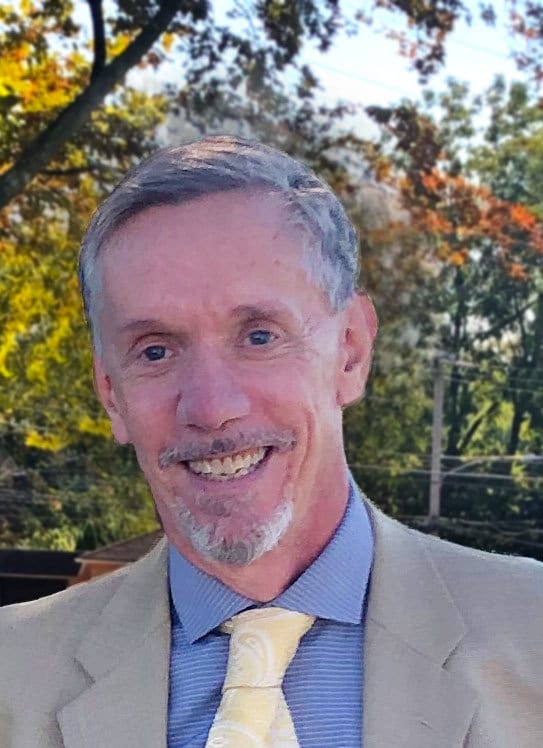What’s Going On
DAVE JOHNSON:

How to measure ‘Earth’s Safest Place to Work?’
Let’s discuss Amazon’s Jeff Bezos’ lofty claim from 2021
h, really… Amazon founder Jeff Bezos laid down the gauntlet in his April, 2021 farewell letter to shareholders as he stepped down as CEO. The much-publicized union organizing wave at Amazon warehouses was occurring when Bezos wrote: “It’s clear to me that we need a better vision for our employees’ success… We are going to be Earth’s best employer and Earth’s Safest Place to Work.”
OK, Jeff, here’s a question: What makes a company the planet’s safest place to work? The company with the lowest total recordable incident rate? Zero recordables? For how many years running? The company doing the best job on the injury severity scale – having the lowest lost-time incident rate? It’s got to be sustainable — how many years running?
O
Photo: halbergman / E+ via Getty Images.
What is the full measure of performance?
Ah, but these are much-maligned lagging indicators. It’s what already happened, by design or luck. Laggards aren’t the full measure of performance. They don’t analyze which prevention strategies work, and which don’t.
Is it pro-active metrics? Amazon bandies about some staggering leading indicators: $300 million invested in safety projects in 2021; more than 210,000 employee suggestions, questions and comments addressed last year; almost 3.4 million safety inspections conducted globally in ’21.
Is it the company with the largest safety staff? Amazon reports its “safety team” -- more an army -- reached 8,000 health and safety professionals globally in 2021. That’s more than most company’s entire payroll. There are only 9,008 companies in the U.S. with more than 1,000 employees total, according to government surveys.
Is it the company with the highest average salary for EHS specialists? At Amazon, the median salary is estimated at $129,573 per year, according to Glassdoor.com. That’s more than double the average salary of the typical employee in the U.S. -- $56,310 – according to the U.S. Bureau of Labor Statistics.
Is it the most EHS innovative company? Amazon touts safety huddles; “wellness zones” for stretching; “AmaZen” kiosks offering guided meditations, positive affirmations, calming scenes with sounds; on-site wellness centers; an “EatWell” program; “Mind & Body Moments” to physically and mentally “recharge and reenergize;” “Connect & Comment” kiosks for employee feedback; and a “WorkingWell” mobile app providing at-home access to all on-site safety, health & wellness offerings, plus a digital library on wellness behaviors.
• Is it the company with the best diversity, equity and inclusion policies?
• The company with the best employee EHS perception scores?
• The company with the highest ESG (environment, social and governance) ranking?
• The company with the most work sites in OSHA’s Voluntary Protection Program?
• The company that has won the most EHS awards? Given by whom? Using what criteria? Over how many years?
There are so many dimensions to being the safest place to work. It can be a vision. Commitment. Mission statement. A journey without an end. But no one company is going to plant a flag on planet Earth saying, “We are the safest.” Safety is too subjective. With too many variables that change with time, with leadership turnover. Ethos rated company EHS performance using 155,000 data points from all sort of metrics over the past three years in 2020 https://www.ethosesg.com/blog/top-50-worker-safety. Amazon didn’t make the top 50.
The Earth’s Safest Place to Work does not relate to revenues – Amazon’s were $485.902 billion in the 12 months ending June 30, 2022. It doesn’t relate to size – Walmart employs the nation’s largest private workforce: 2.1 million. Small, family-run businesses were reported by NIOSH years ago to be some of the safest places to work, with tightly bound supportive cultures. It certainly doesn’t have anything to do with staying out of trouble with OSHA – having zero violations and citations. Millions of work sites are never seen by a compliance officer.
Bottom line
Words about being the safest place in the world to work warrant some scrutiny. Scratch around and you just might find, imagine this, bad press, controversy, a reputation hit. Such as these headlines: “Amazon warehouse workers suffer serious injuries at twice the rate of rivals, study finds.” “Amazon employees document heat wave.” “Amazon warehouses face expanded probes into safety hazards.” “Workers at Amazon’s Stone Mountain warehouse protesting conditions.”
Amazon vigorously disputes reports of unsafe working conditions. My intent is not to throw stones at the company. They are in the lead in addressing mental health and well-being issues, musculo-skeletal disorders, robotic safety, EHS tech innovations, engaging employees, and charting safety leadership performance. And there’s nothing wrong with stretch goals.
But there’s absolutely more than one way to be the “Earth’s Safety Place to Work.” There’s going to be many more than one “safest place.” Sometimes lurking will be a back story. And there’s a tradition of hyperbolic safetyspeak: “Employees are our most valuable assets!” “Safety is embedded in all we do!” “The safety of our employees is our top priority!” And the most egregious: “Safety first!”
A reality check, please…

